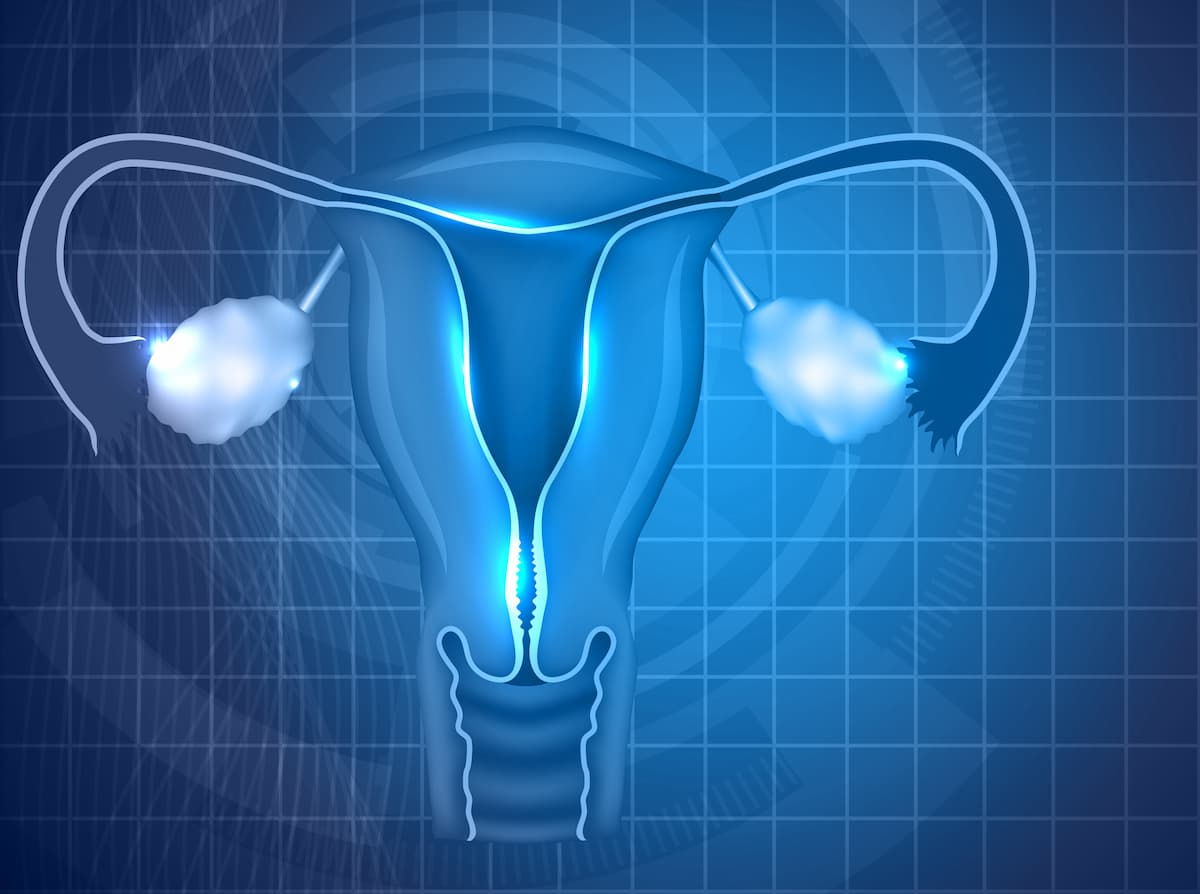Self-Collection May Help Increase Cervical Cancer Screening Rates
More than 80% of patients who were screened for cervical cancer and provided with a self-collection kit did so by utilizing the kit.
Analysis by age, race, and ethnicity showed that CCS participation was higher among women given SC and SC with patient navigation compared to TR across all specified groups.

The addition of self-collection (SC) kits may help increase cervical cancer screening (CCS) rates vs telephone reminders (TR) alone, particularly among safety-net health settings and underserved populations who may experience structural barriers to clinic-based CCS, according to results from the single-blinded, randomized PRESTIS trial (NCT03898167).
Data from the trial revealed that among 2474 women who were successfully reached via telephone and met the inclusion criteria for trial participation, 17.4% of those participated in CSS with TR, 41.1% participated in CSS with SC, and 46.6% participated in CSS with SC and patient navigation. Compared to TR, there was a 23.7% (95% CI, 19.4%-27.9%) participation difference with SC, a scope of 2.36 times (95% CI, 1.99-2.80) higher. Furthermore, the addition of patient navigation to SC elicited a 29.2% participation difference compared to TR alone, which was 2.68 times (95% CI, 2.27-3.16) higher.
When accounting for the total SC population, including those who did and did not receive patient navigation, 43.8% participated in CCS. Additionally, the participation difference between the total SC population and those who only received TR was 26.4% (95% CI, 22.9%-29.9%), and participation was 2.52 times (95% CI, 2.15-2.95) higher with SC than TR. Furthermore, the screening difference among patients who received SC and patient navigation was 5.5% (95% CI, 0.7%-10.3%) vs SC alone. The relative participation with patient navigation was 1.13 times (95% CI, 1.02-1.27) higher.
Furthermore, analysis by age, race, and ethnicity showed that CCS participation was higher among women given SC and SC with patient navigation compared to TR across all specified groups. Notable differences between SC and SC with patient navigation included among women ages 50 to 59 years (42.0% vs 52.0%), those who were non-Hispanic Black (35.3% vs 46.7%) or other non-Hispanic races (38.1% vs 27.3%), and those without a record of CSS screening (37.9% vs 47.2%).
“Looking collectively at the SC and SC with patient navigation groups, CCS participation was approximately 44% among [individuals] mailed a [SC] kit, a relative participation rate 2.5 times higher than with TR,” lead author Jane R. Montealegre, PhD, associate professor in the Department of Behavioral Sciences at the University of Texas MD Anderson Cancer Center, wrote in the publication with study coinvestigators. “Moreover, among [individuals] provided this option, more than 80% of those screened did so by returning a [SC] kit, providing further evidence for the preference and improved suitability of this approach within the safety-net patient population.”
Among 18,292 unscreened or underscreened individuals with a cervix, 3,740 were randomly assigned to receive contact via telephone for CSS. A total of 2577 individuals were reached, but 103 were excluded due to ineligibility or refusal. Furthermore, 2474 of these individuals were randomly assigned 1:1:1 to TR (n = 828), TR with mailed SC (n = 828), and TR with mailed SC and patient navigation (n = 818).
TR involved informing an individual for their need to undergo CSS, CSS education, and an invitation to attend a clinic-based screening. SC kits were mailed to individual’s homes within 1 week of TR and were composed of a swab and transport medium; an invitation letter on behalf of health system leadership; an illustrated instructional brochure; a research sheet providing trial information; and a prepaid, return-addressed padded envelope. Furthermore, those in the patient navigation group received a telephone call 3 weeks after not returning a kit to provide additional instructions and encouragement.
The primary outcome was 6-month CCS participation, defined as either mailed SC kit or clinic-based screening attendance. Secondary end points included CCS modality, CCS test positivity, and completion of 6-month follow-up.
Reference
Montealegre JR, Hilsenbeck SG, Bulsara S, et al. Self-collection for cervical cancer screening in a safety-net setting: the PRESTIS randomized clinical trial. JAMA Intern Med. Published online June 6, 2025. doi:10.1001/jamainternmed.2025.2971